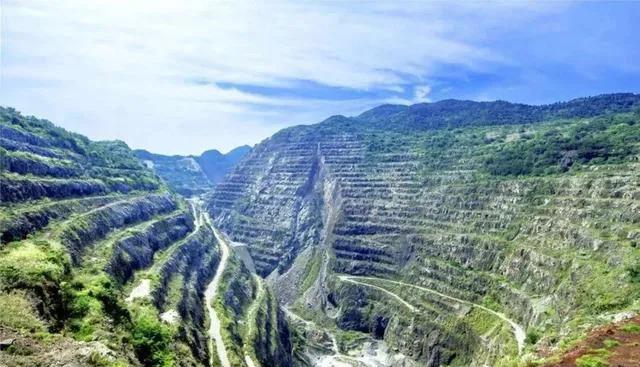News
联系我们
泉州达锋机械有限公司
手机:18959735709 (微信同号)
地址:福建省南安市水头镇海联创业园工业大道25号
Industry News
What are the mainstream operation methods for mine restoration?
时间:2021-01-12 09:46:34 来源: 总浏览:1166 字体:16px | 14px | 12px
Mining development is accompanied by the entire process of human civilization, social progress, and technological development, and is the country's basic industry. When the development of mineral resources enters a period of decline, the mine will face closure, ushering in the final stage of mining engineering services. The grnaite decline and closure of a mine may be due to resource exhaustion, unsatisfactory economic benefits, technical problems, insecurity in mining and production safety, and government policy guidance. In the past, our country adopted the model of first closing and then remediation for mines facing closure, which has caused marble certain problems. This model has gradually been unable to meet the needs of social development.
Outside of China, the land reclamation, ecological restoration and landscape reconstruction of mines have always been valued by all countries. After years of research and practice, many restoration experiences have been accumulated around the world for reference, which is very worthy of our country's learning and reference.
According to different functions and characteristics, mine restoration mainly includes seven modes: ecological restoration, utilization of natural resources, tourism development, land reclamation, lake diversion, garbage treatment plant and storage.

01. Ecological restoration
From an ecological point of view, a mine is a complex ecosystem composed of subsystems such as resources, environment, economy, and society. Mine ecological environment problems are almost accompanied by mining development, especially with the rapid economic development, many years of disorderly mining will blcok cutter inevitably cause certain damage to the environment, resulting in soil stripping, rock fragments and low-grade ore accumulation. , The formation of empty mining areas and subsidence areas, the formation of tailings accumulation, and the unusable development of land affected by mining have caused the ecological environment to seriously deviate from the natural state.
02. Tourism development
Mine tourism has been developing for a long time, but most of them are developed through ecological restoration after the mine is closed. A more successful case is the Garden of Eden in the UK, which can be regarded as the largest greenhouse in the world. The location of the project was originally a huge pit left by the local people excavating clay. The project invested 130 million pounds, which lasted two years and was completed in 2000. The project is mainly composed of 8 huge honeycomb-shaped dome buildings full of futuristic colors, of which 4 dome-shaped bridge cutter buildings are connected in a group, and the shape is like a bubble magnified countless times. Tens of thousands of plants originating in Africa, Asia, Europe, Oceania and the Americas are cultivated in the "Big Blister". The main purpose is to show the relationship between plants and people and how humans rely on plants for sustainable development. It attracts more than 1.2 million visitors from all over the world every year.
03. Water diversion to create lakes
The water diversion project can be said to be an extension of the reclamation project. Through the management and reconstruction of the surrounding environment and ecological curbstone cutting machine line development system of the mine, water can be introduced to transform the open pit into a lake. Through the role of lakes, the land near the mines will be slowly transformed into fertile farmland, dense forests and blue lakes, which can realize the comprehensive development of economy, culture, tourism and society in the mining area.



